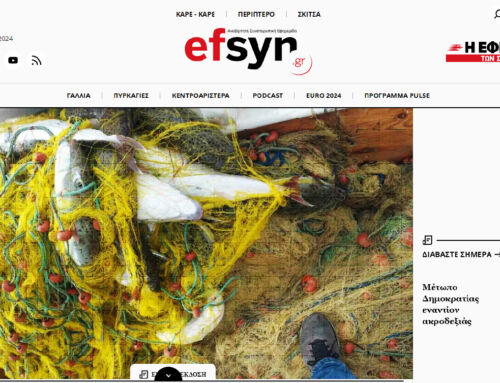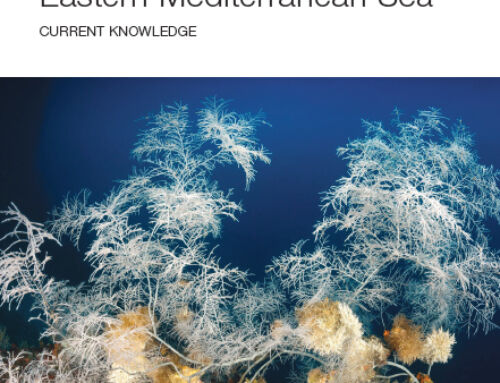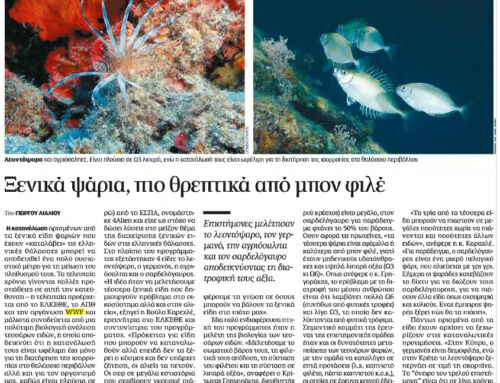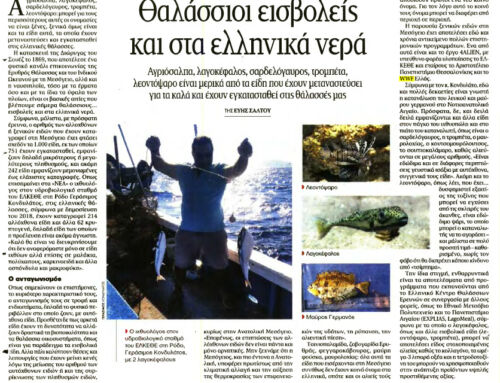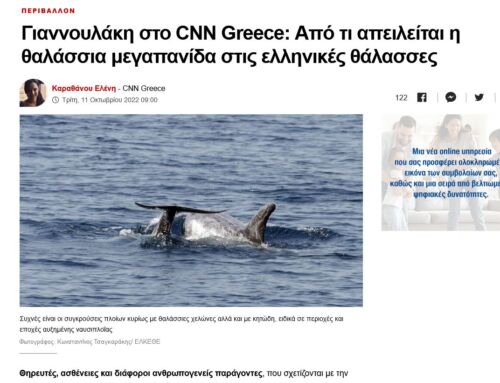Karachle: More than 240 alien species in Greek seas – Which ones are edible, and which are dangerous
“The effects of climate change and the warming of the Mediterranean waters are one of the main reasons why alien species are increasing in the Greek seas. As our waters warm, so our seas become more “hospitable” to them“, told to CNN Greece’s Act For Earth by Paraskevi Karachle, Biologist-Ichthyologist, Main Researcher at IMBRIW-HCMR.
More than 240 alien species exist in the Greek seas, which have migrated to our waters due to human activities. The main pathways to the Mediterranean –apart from the Suez Canal, being the primary one – are shipping and aquaculture.
Some of them, such as jellyfish, lionfish, spinefoots/rabbitfishes and the porcupine sea urchin, contain venom and their stings can be treated like all related stings.
However, there are also species such as Lagocephalus that are dangerous for humans: “This species contains in its flesh and guts a neurotoxin, tetradotoxin (TTX) for which there is no known antidote to date“, points out Mrs. Karachle, adding that this species is found mainly in Crete and the Dodecanese.
“However, there are also some alien species that we can exploit, as we can consume them without fear. If these alien species find their way onto the market, they will now be a source of income for fishers, who currently catch them but discard them. Some are delicious and rich in nutrients and omega-3 fatty acids. Let’s give them a chance and put them on our plate” suggests Mrs. Karachle.

